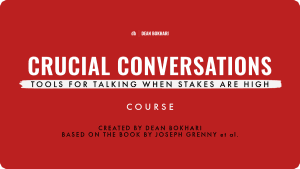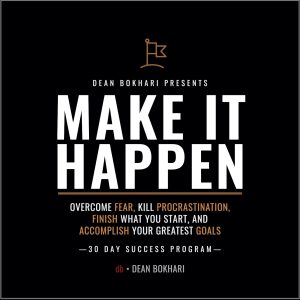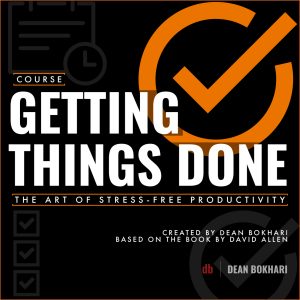A mentor once shared a nugget of wisdom with me regarding communication that goes like this:
“The quality of your communication is the response that you get.”
It was one of the most profound statements I’ve ever heard.
Here’s what it means in plain English:
If people don’t “get you,” it’s not their fault. It’s yours.
To put it another way, if you attempt to communicate something, and the people on the receiving end aren’t understanding or applying what you’ve communicated in the way you intended them to—it’s not because of them, it’s because of you… It’s because your message—or the way you delivered it—needs refining.
Effective communication happens when you use words and intentions to transfer the contents of your thoughts into someone else’s brain.
Communications are conveyed in a few different ways:
- spoken,
- written,
- emotional,
- behavioral (body language).
These are all important in their own special way.
Let’s go over each of them, one by one…
Spoken communication
Communicating your ideas through the spoken word comes in handy when you’re addressing a large group of people in person.
But it also matters in conversations.
The most important part of communicating during conversations is listening. No one’s more annoying than someone who talks talks talks—and never listens.
Make your conversations like a tennis match—hitting the ball back and forth throughout. If you’re trying to build rapport or get someone to like you, keep the ball in their court longer than you keep it in yours.
If you’re addressing a group of people (speeches, presentations, small groups, etc.) know what you’re going to say and why you want to say it—before you say it.
Written communication
The written word is helpful when you’re trying to express your ideas to large groups of people through text-based means, like articles, essays, books, or blogs.
Write like you speak, keep it simple, and don’t use fancy words when simple words will do.
Of course, this doesn’t apply to everything, but write like you speak and stick to simplicity as often as possible. People will appreciate you for it.
Emotional communication
This is my personal favorite style of communication.
Words backed with emotion are especially effective when we want to make a message matter.
For example, if you took a hairpin and threw it in my direction, it would bounce off my chest and fall to the ground.
But if you took that same hairpin and drove against my chest with a hammer, you’d pierce right through my heart.
That’s the kind of impact emotions can have if you use them properly.
Behavioral communication (body language)
Sometimes your body language tells people everything they need to know—before you ever open your mouth.
When you walk into a room, walk in like you mean it.
When you’re speaking with someone, give them your eyes, but don’t linger longer than you need to or you’ll send the wrong signal.
When you shake someone’s hand, grip firmly, but don’t squeeze like you’re compensating for something you don’t have.
When you say something audibly, bring your body into it if you want to drive the point home. Use gestures, facial expressions, and body language to help your ideas land like a pilot does with an airplane: smooth, deliberate, and never phased by occasional bouts of turbulence.
Communication is everything
How do you communicate when stakes are high, opinions vary, or when emotions run strong?
For far too many people, the answer to that question is some variation of, “Well, I’m not sure 🤷♂️.”
My latest course was designed to help you change that—so you can handle every dialogue with confidence.
The Crucial Conversations training program equips you with research-based tools to navigate personal + professional communications with elegance, authority, and effectiveness.



